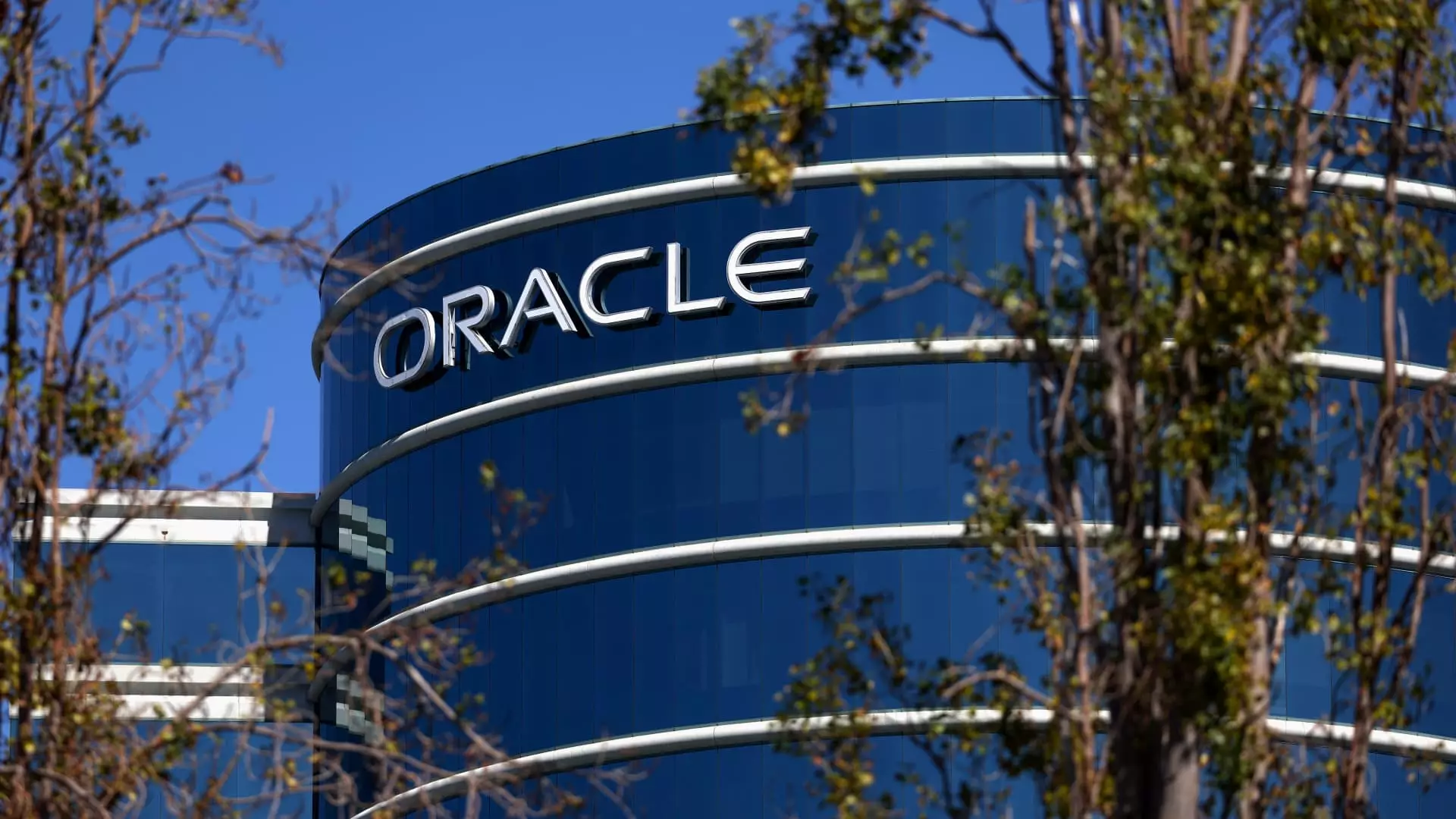As we continue to witness the rapid evolution of artificial intelligence, the implications for our energy systems are becoming increasingly apparent. Recently, Larry Ellison, the co-founder and chairman of Oracle, made headlines by addressing a critical issue during the company’s earnings call: the soaring energy demands driven by AI technology. Ellison’s remarks hinted at a radical solution to this emerging challenge—small modular nuclear reactors. This unconventional approach signifies not only the urgency of the situation but also hints at the innovative yet contentious pathways that businesses might need to consider.
Ellison characterized the situation as “bizarre,” reflecting a moment of realism amidst hype. His announcement that Oracle is planning to develop a data center requiring over a gigawatt of electricity illustrates the scale of energy consumption anticipated in the AI sector. The key takeaway is that Oracle is not just responding to the demands of the present; they are anticipating the future and seeking solutions that align with those projections. The commitment to nuclear energy—specifically, small modular reactors—marks a significant pivot in how companies like Oracle might approach sustainable energy sourcing.
What makes small modular reactors particularly promising is their design, which allows for greater flexibility and reduced capital investment compared to traditional nuclear plants. These reactors can be prefabricated and transported, addressing some of the logistical challenges that have historically hampered nuclear energy development. The potential deployment of these reactors is not merely theoretical; it reflects a growing necessity in a world where electricity needs are expected to climb dramatically.
Despite Ellison’s optimistic outlook, the pathway to realizing this energy vision is fraught with challenges. While small modular reactors offer advantages, their commercialization in the United States isn’t expected until the 2030s, according to industry experts. With only a handful of operational reactors globally, primarily in geopolitical competitors like China and Russia, the U.S. faces a steep uphill battle in developing its nuclear capabilities. Concerns around safety, regulatory approvals, and public perception often overshadow technological advancements.
Moreover, while nuclear energy can provide a low-carbon solution to high demand, the focus should also be on diversifying energy sources. Renewable energy technologies like wind and solar can complement nuclear by creating a more resilient and sustainable energy grid. Relying solely on one energy source might lead to unforeseen vulnerabilities, especially as global energy consumption patterns continue to evolve in unpredictable ways.
Larry Ellison’s revelation about Oracle’s energy strategy emphasizes the urgency of addressing the impending electricity demands of the AI revolution. As the company looks towards small modular reactors as a potential solution, it underscores a critical turning point in energy policy and corporate responsibility. While the road ahead is laden with obstacles, embracing innovative technologies and a multi-faceted energy approach could pave the way for a cleaner, more sustainable future. The intersection of technology and energy will undoubtedly shape the contours of our economy and environment in the years to come, and Oracle’s proactive stance might very well be a harbinger of changes to follow.


Leave a Reply